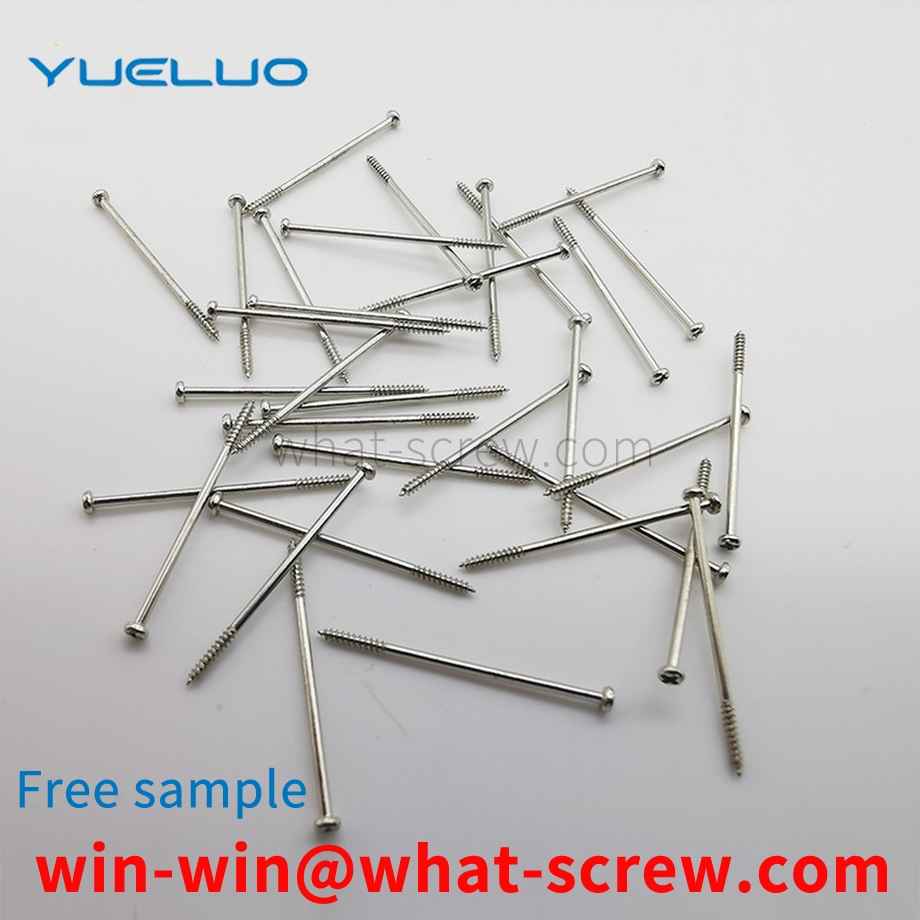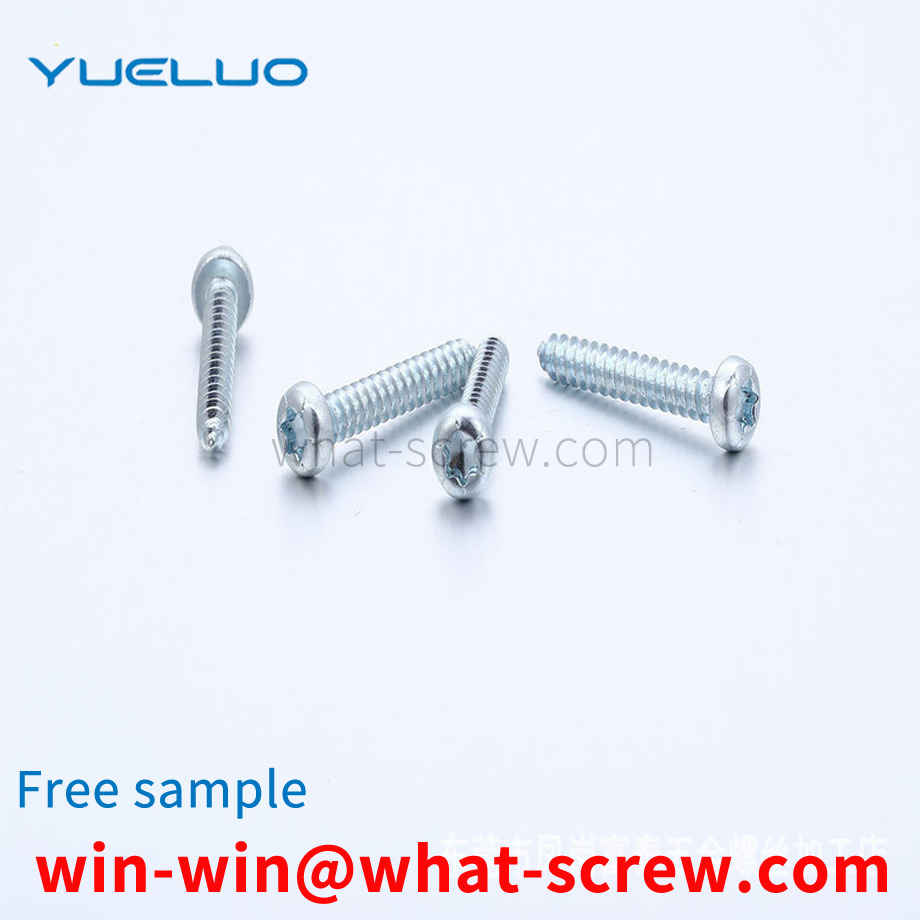At present, for roller or needle roller bearings without cages, ribs, and low-speed operation, the structure mainly includes inner and outer rings and rollers or needle rollers in the raceway between the inner and outer rings, and additional The retaining rings on both sides of the roller or needle roller, among which the retaining rings added on both sides of the roller or needle roller are annular steel sheets punched from metal sheet, and their function in the bearing is only Correctly guide the rollers or needle rollers to run normally in the raceway between the inner and outer rings to prevent the rollers or needle rollers from deviating and slipping out of the raceway. The defect of the retaining ring of this structure is that first, because the rigid retaining ring and the inner ring are completely separated, there is a gap between the retaining ring and the installation shaft during installation. When the bearing is working, The retaining ring is driven by the outer ring and the rollers or needle rollers to rotate around the installation shaft. Due to the inconsistency of the structure, the retaining ring is easy to fall off during the rotation process, the safety of use is poor, and the rollers or needle rollers will appear toward the raceway. The situation of one side offset, which causes the bearing load center to offset, affects the reliability of the bearing operation, and ultimately affects the service life of the bearing; There is a gap between the raceways of the needle, so the tidbits, dust, etc. generated during the working process will continue to enter the raceway between the inner and outer rings. It is stuck; in addition, due to the gap between the steel retaining ring and the raceway, the grease stored in the raceway will be continuously lost, which will cause the bearing to heat up due to frequent lack of grease, or even burn out, which also affects the to the service life of the bearing.
As we all know, screws and nuts are widely used in various mechanical equipment as connectors, so that the mechanical equipment can be easily disassembled, but for equipment whose internal structure needs to be kept secret, it generally does not need to be disassembled after assembly. The nut can be easily dismantled, leaving equipment that needs to be kept secret of the internal structure from being kept secret.
1. Material strain hardening When the material is cyclically loaded, the phenomenon of cyclic strain hardening or cyclic strain softening will occur, that is, under the condition of constant cyclic strain, the stress amplitude will increase or decrease with the increase of the number of cycles. . After several cycles, the stress amplitude enters a cyclic steady state. The low-cycle fatigue of the lock nut is carried out under the condition that the strain is constant, and the strain hardening or softening of the threaded piece will affect the size of its maximum unscrewing torque. The alloy steel used to make the lock nut is a cyclic strain hardening material, and the hardening of the material will increase the elastic restoring force FN of the threaded sheet and increase the unscrewing torque.
In another embodiment of Guangdong Yueluo Hardware Industrial Co., Ltd., the conveying device 3 includes a motor 31 and a circular rotating disk 34, the motor 31 drives the circular rotating disk 34 to rotate, and the circular rotating disk 34 is evenly provided with screws in the circumferential direction. The matching screw accommodating hole 35, the screw enters the screw accommodating hole 35, the motor 31 drives the circular rotating plate 34 to rotate, so that the screw is first slotted by the cutting wheel 42, and then polished by the fixing wheel 48, and the screw is in the screw accommodating hole 35. It is fixed, which is more secure and reliable during the slotting process. Preferably, the circular rotating disk 34 includes a circular rotating disk 32 and a sector-shaped fixed disk 33. The circular rotating disk 32 is evenly provided with screw receiving recesses matching the screws in the circumferential direction, and the recesses and the sector-shaped fixed disk 33 are formed with the screws The matching screw receiving holes face the cutting wheel 42 and the fixing wheel 54 .
The standard specifies hexagon head bolts with thread specifications of M3~M64, grades A and B. Grade A is used for bolts with D<=24 and L<=10D or L<=150mm (whichever is smaller); grade B is used for bolts D > 24 or L > 10 D or L > 150 (according to the smaller value) bolt size specification mark: thread specification D = M12, nominal length L = 80mm, performance level is 8.8, the table is the same as oxidation, A level Hexagon head bolt tag example bolt GB / T5782-86-M12 × 80 national standard common hex bolt head on the side size and cooperation national standard wrench thread diameter \ pair of edge sidewalls Skin wrench Wrench Double-ended open-end wrench Double-ended Torx wrench. The outer hexagon bolt is the most frequently used type of bolts. The main function of the external thread it has is to cooperate with the nut. Using this threaded connection method, the two parts are integrated. Grade C hexagon bolts are mainly used in steel structure machinery and equipment with relatively rough surface and low precision requirements. Grade A and Grade B hexagon bolts are mainly used in machinery and equipment with smooth surface and high precision requirements. Most of the stainless steel outer hexagon screws are full-tooth and hexagonal head full-tooth bolts. Standard: DIN933, GB5783, ISO4017, ANSIB18. 2.1, JISB1180; non-full thread bolt standards DIN931, GB5782, ISO4014, ANSIB18.2.1, JISB1180.
We have many years of experience in the production and sales of screws, nuts, flat washers, etc. The main products are: ring with ring nuts, cassette floating nuts, special-shaped screws, half-round head socket head cap screws and other products, we can provide you with suitable for your products. Fastener Solutions.



















 Service Hotline
Service Hotline




